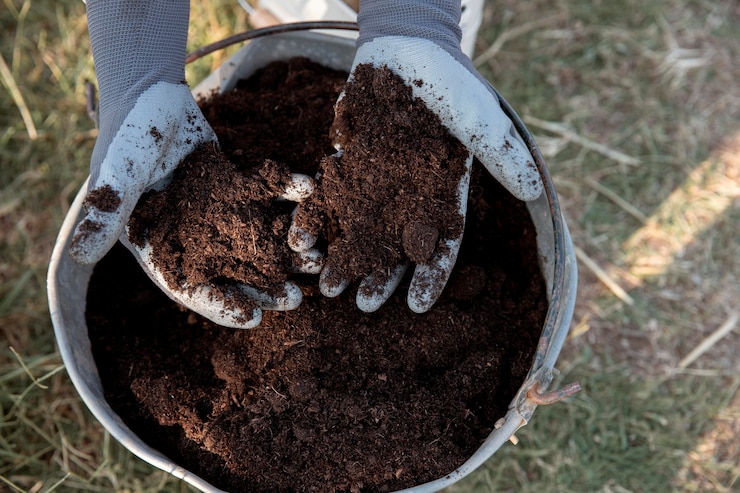Conservation tillage and reduced soil disturbance practices are important agricultural techniques that aim to promote soil health, water conservation, and sustainable farming systems. These practices are also relevant in South Africa, where they can help address various challenges faced by farmers, such as soil erosion, water scarcity, and declining soil fertility.
Conservation tillage refers to a range of practices that minimize soil disturbance during planting and cultivation, compared to conventional tillage methods. The primary objective is to reduce soil erosion and improve soil structure and health. Here are some commonly used conservation tillage practices in South Africa:
- No-till farming: This practice involves planting crops directly into undisturbed soil without prior plowing or tillage. It helps to retain crop residue on the soil surface, reducing erosion and improving water infiltration and moisture retention.
- Minimum tillage: This approach involves limited soil disturbance, usually limited to a shallow tillage operation to prepare the seedbed. The aim is to reduce soil erosion while still achieving some of the benefits of tillage, such as weed control and seedbed preparation.
- Strip tillage: In strip tillage, only a narrow strip of soil is disturbed, typically where the crop rows will be planted. This allows for precision placement of fertilizers and seed while minimizing overall soil disturbance.
Reduced soil disturbance practices complement conservation tillage methods by minimizing soil disturbance during other farming operations, such as fertilization, weed control, and harvesting. Some examples of reduced soil disturbance practices include:
- Controlled traffic farming: This practice involves restricting heavy machinery and equipment to permanent traffic lanes, leaving the rest of the field undisturbed. It helps minimize soil compaction, improves water infiltration, and reduces fuel consumption.
- Precision planting: Precision planting techniques aim to place seeds at the desired depth and spacing while disturbing the soil as little as possible. This helps ensure optimal seed-to-soil contact and promotes uniform crop emergence.
- Crop residue management: Retaining crop residues on the soil surface helps protect the soil from erosion, reduces evaporation, and adds organic matter to the soil. Techniques such as mulching and cover cropping can be employed to maintain adequate residue cover.
The adoption of conservation tillage and reduced soil disturbance practices in South Africa has several benefits for farmers and the environment. These practices help to conserve soil moisture, reduce erosion, increase organic matter content, improve soil structure, and enhance overall soil health. They also contribute to water conservation, as reduced soil disturbance leads to improved water infiltration and reduced runoff. Furthermore, by reducing the need for multiple tillage passes, fuel consumption and labor costs can be reduced.
However, it is important to note that the adoption of conservation tillage and reduced soil disturbance practices should be context-specific, considering factors such as soil type, climate, cropping system, and available machinery. Local research and extension services can provide guidance on the suitability and implementation of these practices in specific regions of South Africa.
Join 'Farmers Mag' WhatsApp Channel
Get the latest Farming news and tips delivered straight to your WhatsApp
CLICK HERE TO JOIN






